Home>Furniture & Design>Bedroom Furniture>Which Is Better Memory Foam Or Gel Foam
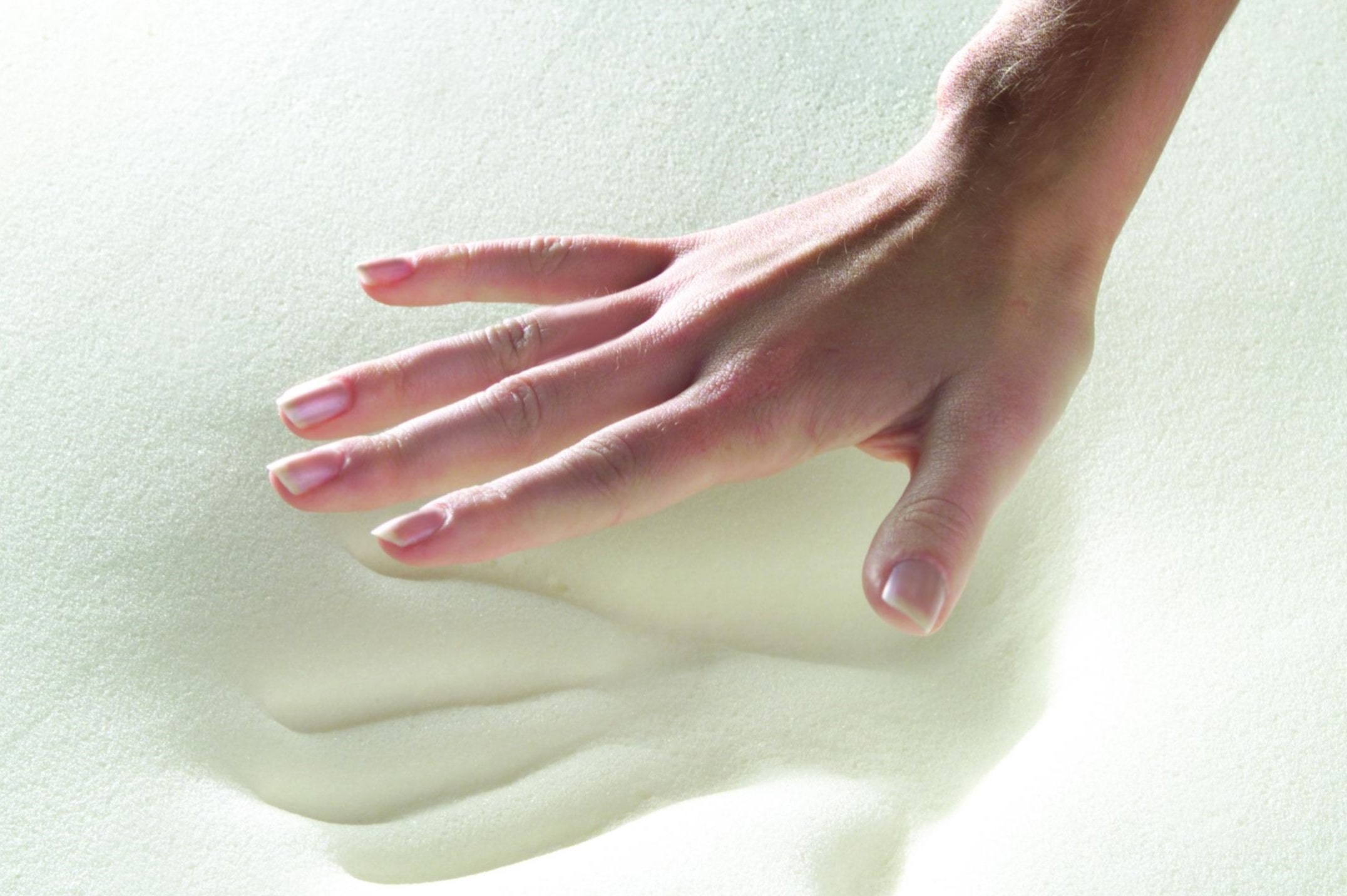

Bedroom Furniture
Which Is Better Memory Foam Or Gel Foam
Modified: October 18, 2024
Discover the pros and cons of memory foam and gel foam mattresses to find the best option for your bedroom furniture and design. Compare comfort, support, and durability to make an informed decision.
(Many of the links in this article redirect to a specific reviewed product. Your purchase of these products through affiliate links helps to generate commission for Storables.com, at no extra cost. Learn more)
Introduction
When it comes to choosing the perfect mattress or pillow, the options seem endless. Amidst the myriad of choices, memory foam and gel foam have emerged as leading contenders in the world of bedroom furniture and design. Both offer unique features and benefits, catering to different preferences and needs. Understanding the differences between these two materials is crucial in making an informed decision that ensures a good night’s sleep.
In this comprehensive guide, we will delve into the intricacies of memory foam and gel foam, exploring their individual characteristics, benefits, and potential drawbacks. By the end of this exploration, you will be equipped with the knowledge to determine which option best aligns with your comfort and support requirements, temperature regulation needs, durability expectations, and budget constraints.
Let’s embark on this journey to unravel the mysteries of memory foam and gel foam, ultimately discovering which of these innovations reigns supreme in the realm of bedroom furniture and design.
Key Takeaways:
- Memory foam offers personalized support and pressure relief, perfect for all sleeping positions. It’s durable and hypoallergenic, making it a versatile choice for a comfortable and restful sleep experience.
- Gel foam combines the contouring benefits of memory foam with cooling properties, ideal for those who tend to sleep hot. It minimizes motion transfer and promotes airflow, ensuring a comfortable and rejuvenating sleep.
Read more: What Is Gel Memory Foam Mattress Topper
What is Memory Foam?
Memory foam, also known as viscoelastic foam, was first developed by NASA in the 1970s to improve the safety and comfort of aircraft cushions. This innovative material is renowned for its ability to contour to the body’s shape, providing personalized support and pressure relief. The unique composition of memory foam allows it to respond to body heat and weight, molding to the sleeper’s curves and then returning to its original shape once the pressure is removed.
One of the defining characteristics of memory foam is its slow response to pressure, often referred to as the “sinking” feeling. This feature contributes to its reputation for alleviating aches and pains by distributing weight evenly and reducing pressure points. Additionally, memory foam is revered for its motion isolation properties, minimizing disturbances caused by movement during sleep.
Memory foam mattresses and pillows are available in various densities, with higher densities generally indicating greater support and durability. This adaptable material has garnered widespread popularity for its ability to accommodate different sleeping positions, making it a suitable choice for side, back, and stomach sleepers alike.
Furthermore, memory foam has been celebrated for its hypoallergenic qualities, as its dense composition inhibits the accumulation of dust mites and other allergens. This makes it an appealing option for individuals with allergies or respiratory sensitivities.
Overall, memory foam stands as a testament to the innovative strides made in the realm of sleep technology, offering a blend of comfort, support, and adaptability that has revolutionized the way we approach rest and relaxation.
What is Gel Foam?
Gel foam, often referred to as gel-infused memory foam, represents a contemporary advancement in sleep technology. This material incorporates gel beads or swirls into traditional memory foam, aiming to address some of the potential drawbacks associated with conventional memory foam, particularly its heat retention properties.
The incorporation of gel into the foam is designed to enhance temperature regulation, a common concern for individuals who tend to sleep hot. By dispersing body heat and promoting airflow, gel foam endeavors to create a cooler sleep surface, thereby mitigating the heat-trapping tendencies often attributed to standard memory foam.
In addition to its cooling properties, gel foam retains the hallmark characteristics of memory foam, such as conforming to the body’s contours and providing tailored support. This amalgamation of features offers a balance between the pressure-relieving benefits of memory foam and the cooling attributes of gel, catering to a wide spectrum of sleep preferences.
Gel foam mattresses and pillows are available in various formulations, with some designs featuring a layer of gel-infused foam atop a traditional support core, while others integrate the gel beads directly into the foam. This diversity allows consumers to select a gel foam product that aligns with their specific comfort and support needs.
Moreover, gel foam has been lauded for its ability to minimize motion transfer, making it an appealing option for those who share a bed with a restless sleeper. The gel-infused composition works in tandem with the inherent properties of memory foam to isolate movement, thereby reducing disruptions during the night.
As an innovative offshoot of traditional memory foam, gel foam exemplifies the ongoing evolution of sleep technology, striving to optimize comfort, support, and temperature regulation to enhance the sleep experience.
Comfort and Support
When it comes to comfort and support, both memory foam and gel foam excel in their own right, albeit through different mechanisms.
Memory foam, with its ability to contour to the body’s unique shape, offers a personalized and cradling sensation that conforms to the sleeper’s curves. This feature is particularly beneficial for individuals seeking relief from pressure points and joint discomfort. The slow response to pressure, often described as a “sinking” feeling, contributes to the overall comfort by evenly distributing body weight. This can alleviate discomfort and promote a more restful sleep experience.
On the other hand, gel foam, while retaining the contouring properties of memory foam, introduces a cooling element that can enhance comfort, especially for those who tend to sleep hot. The gel infusion or incorporation is designed to disperse body heat and maintain a more neutral temperature, mitigating the potential for overheating during sleep. This can be particularly advantageous for individuals who are sensitive to temperature fluctuations or live in warmer climates.
Both memory foam and gel foam are renowned for their ability to provide consistent support, regardless of sleeping position. The materials adapt to the body’s contours, promoting proper spinal alignment and reducing the likelihood of waking up with aches and pains. This adaptability makes them suitable options for a wide range of sleepers, accommodating various body types and preferences.
Ultimately, the choice between memory foam and gel foam in terms of comfort and support may depend on individual preferences and specific needs. While memory foam offers unparalleled contouring and pressure relief, gel foam introduces a cooling component that can be especially beneficial for those who prioritize temperature regulation in their sleep environment.
Memory foam is better for contouring to your body and relieving pressure points, while gel foam is better for cooling and temperature regulation. Consider your personal preferences and needs when choosing between the two.
Temperature Regulation
Temperature regulation is a critical factor in achieving a comfortable and restorative sleep environment. Both memory foam and gel foam address this concern, albeit through different approaches.
Memory foam, while renowned for its exceptional support and pressure-relieving properties, has been associated with heat retention. The dense composition of traditional memory foam can trap body heat, potentially leading to discomfort for individuals who are prone to sleeping hot. However, advancements in memory foam technology have led to the development of open-cell and ventilated memory foams, which aim to enhance breathability and reduce heat buildup. These variations seek to mitigate the heat retention often attributed to standard memory foam, offering a cooler sleep surface for improved comfort.
Conversely, gel foam represents a proactive response to the heat retention concern commonly associated with traditional memory foam. By infusing gel beads or swirls into the foam, gel foam aims to disperse body heat and promote airflow, thereby creating a cooler sleep environment. This innovative integration of cooling gel elements into the foam’s structure seeks to counteract the potential for overheating, catering to individuals who prioritize a cooler sleep surface.
For those who are particularly sensitive to temperature fluctuations or reside in warmer climates, the cooling properties of gel foam may offer a compelling advantage. The gel infusion serves to offset the heat retention tendencies of traditional memory foam, contributing to a more temperate and comfortable sleep experience.
Ultimately, the choice between memory foam and gel foam with regard to temperature regulation hinges on individual preferences and thermal comfort needs. While memory foam has evolved to offer enhanced breathability and heat dissipation, gel foam presents a specialized solution for individuals who prioritize a cooler sleep environment to optimize their rest and rejuvenation.
Durability
When considering the durability of mattresses and pillows, both memory foam and gel foam exhibit qualities that contribute to their long-term resilience and performance.
Memory foam, renowned for its ability to adapt to the body’s contours and provide personalized support, is often associated with exceptional durability. Higher-density memory foam, in particular, tends to offer greater longevity, maintaining its shape and supportive properties over an extended period. This durability is advantageous for individuals seeking a long-term investment in their sleep comfort, as high-quality memory foam products can withstand regular use without significant deterioration.
Similarly, gel foam, which integrates cooling gel elements into traditional memory foam, upholds the durable characteristics of its foundational material. The incorporation of gel into the foam structure does not compromise the overall resilience of the product. Instead, gel foam maintains the contouring and supportive attributes of memory foam while introducing enhanced temperature regulation capabilities. This amalgamation of features ensures that gel foam products can endure prolonged use without compromising their performance or structural integrity.
Furthermore, advancements in foam technology have led to the development of high-quality materials and manufacturing processes that contribute to the durability of both memory foam and gel foam products. These innovations aim to enhance the longevity of mattresses and pillows, offering consumers peace of mind regarding the long-term reliability of their sleep essentials.
Ultimately, the durability of memory foam and gel foam aligns with their capacity to retain their supportive and comfort-enhancing properties over time. By investing in reputable brands and products, individuals can expect their memory foam or gel foam mattresses and pillows to provide enduring comfort and support, contributing to a restful and rejuvenating sleep experience for years to come.
Price
When it comes to comparing the price points of memory foam and gel foam products, several factors influence the cost, making it essential for consumers to consider their budget and long-term investment in sleep comfort.
Memory foam mattresses and pillows are available in a wide range of price brackets, with factors such as density, thickness, and additional features contributing to the overall cost. Higher-density memory foam products often command a higher price due to their enhanced durability and support. Additionally, specialized memory foam variants, such as open-cell or ventilated foams designed to address heat retention, may be priced at a premium compared to traditional memory foam options.
On the other hand, gel foam mattresses and pillows, which incorporate cooling gel elements into memory foam, may also vary in price based on similar factors, including density, thickness, and the extent of gel infusion. The incorporation of advanced cooling technology may impact the cost of gel foam products, particularly those designed to offer superior temperature regulation and heat dissipation.
It is important to note that while gel foam represents a contemporary advancement in sleep technology, the cost differential between memory foam and gel foam products can vary based on the brand, quality, and specific features offered. Consumers should assess their individual sleep needs and preferences to determine whether the additional investment in gel foam, with its cooling properties, aligns with their budget and comfort priorities.
Ultimately, the price of memory foam and gel foam products is influenced by a combination of factors, including material composition, technological innovations, and brand reputation. By conducting thorough research and considering the long-term benefits of a quality sleep surface, individuals can make an informed decision that aligns with their budget and sleep comfort requirements.
Conclusion
As we conclude our exploration of memory foam and gel foam, it becomes evident that both materials offer distinct advantages tailored to diverse sleep preferences and needs. Memory foam, with its unparalleled ability to contour to the body’s shape and provide personalized support, has revolutionized the sleep industry, offering relief from pressure points and promoting restorative rest. Its adaptability to various sleeping positions and motion isolation properties make it a versatile and sought-after choice for individuals seeking enhanced comfort and support.
On the other hand, gel foam represents a contemporary evolution of traditional memory foam, integrating cooling gel elements to address the heat retention concerns often associated with standard memory foam. This innovative approach to temperature regulation caters to individuals who prioritize a cooler sleep environment, offering a solution that combines the pressure-relieving benefits of memory foam with enhanced breathability and heat dissipation.
When considering the choice between memory foam and gel foam, it is crucial for consumers to assess their individual sleep preferences, thermal comfort needs, and budget constraints. While memory foam excels in providing personalized support and pressure relief, gel foam introduces a cooling element that can be particularly advantageous for those who tend to sleep hot or reside in warmer climates.
Furthermore, the durability and price considerations associated with memory foam and gel foam products play a significant role in the decision-making process. Both materials exhibit qualities that contribute to their long-term resilience, and the price differentials are influenced by various factors, including density, thickness, and additional features.
In essence, the choice between memory foam and gel foam hinges on a balance of comfort, support, temperature regulation, durability, and budget. By evaluating these factors in alignment with their sleep needs, individuals can make an informed decision that fosters a restful and rejuvenating sleep experience, ultimately enhancing their overall well-being and quality of life.
Frequently Asked Questions about Which Is Better Memory Foam Or Gel Foam
Was this page helpful?
At Storables.com, we guarantee accurate and reliable information. Our content, validated by Expert Board Contributors, is crafted following stringent Editorial Policies. We're committed to providing you with well-researched, expert-backed insights for all your informational needs.
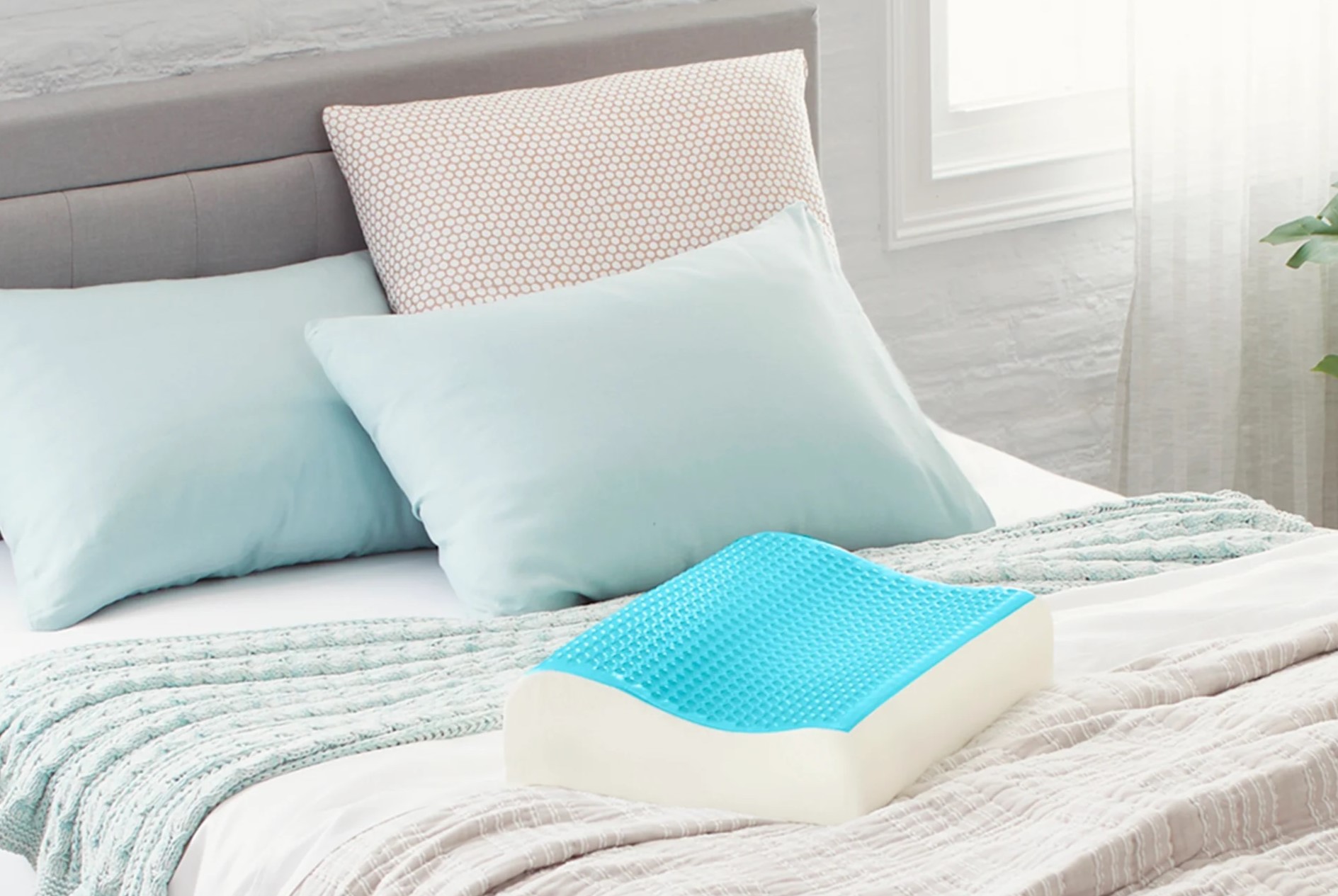
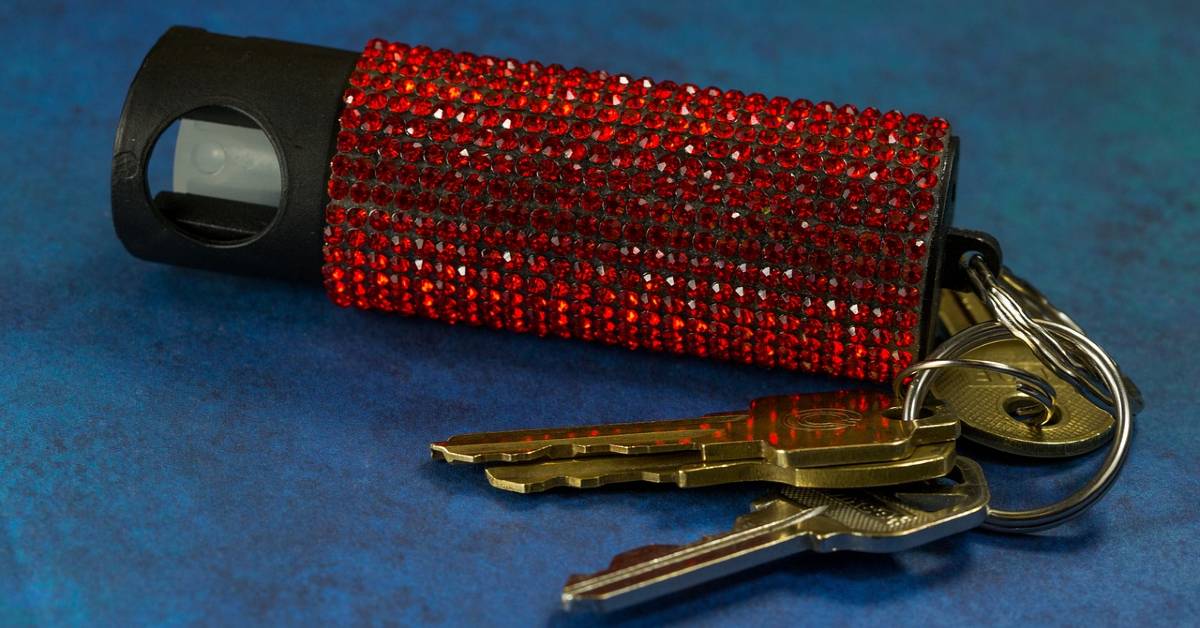
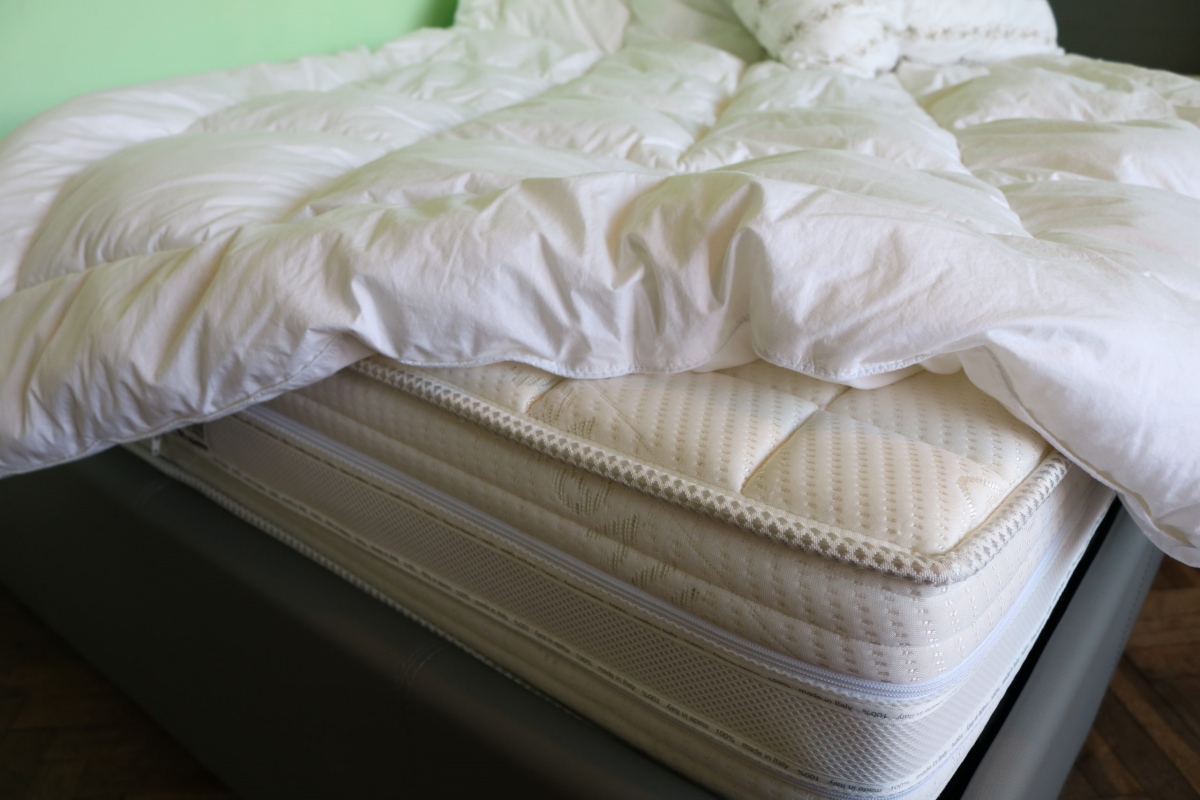
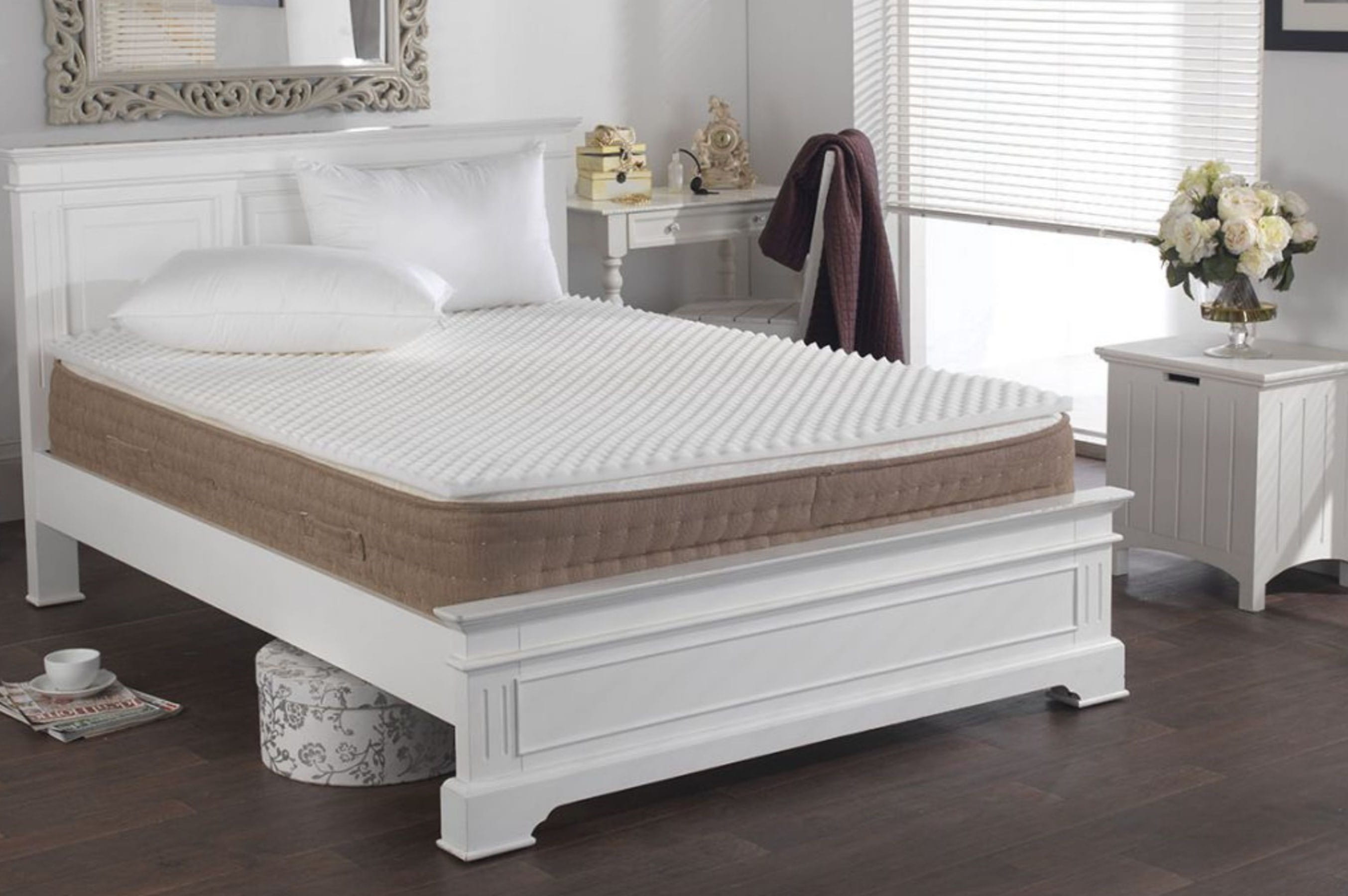
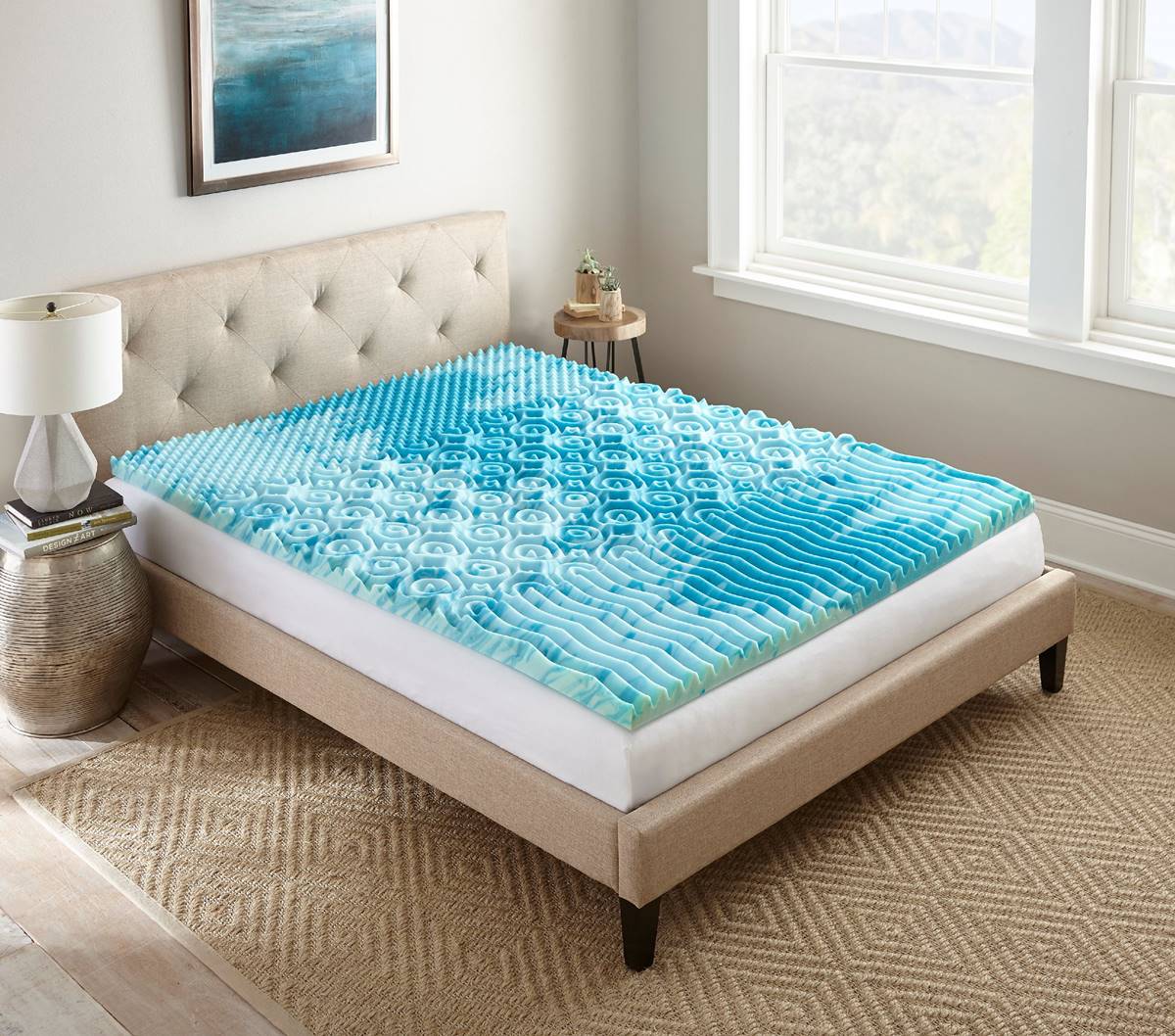

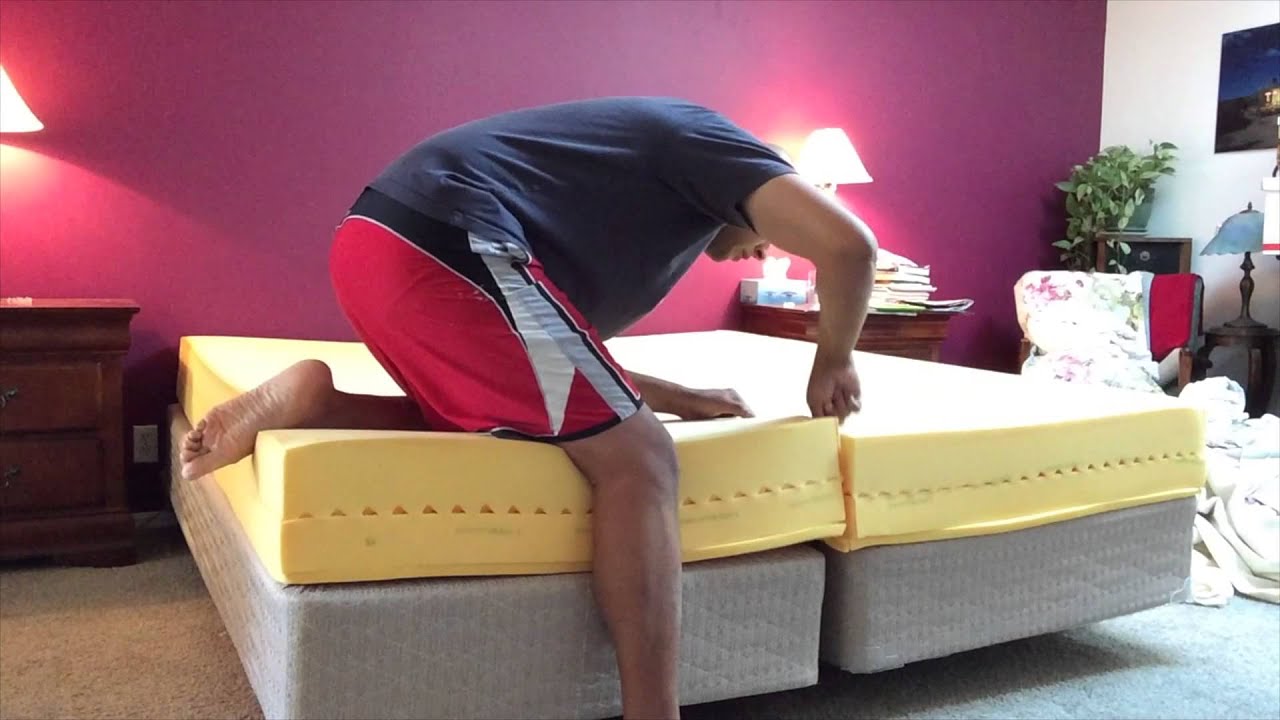
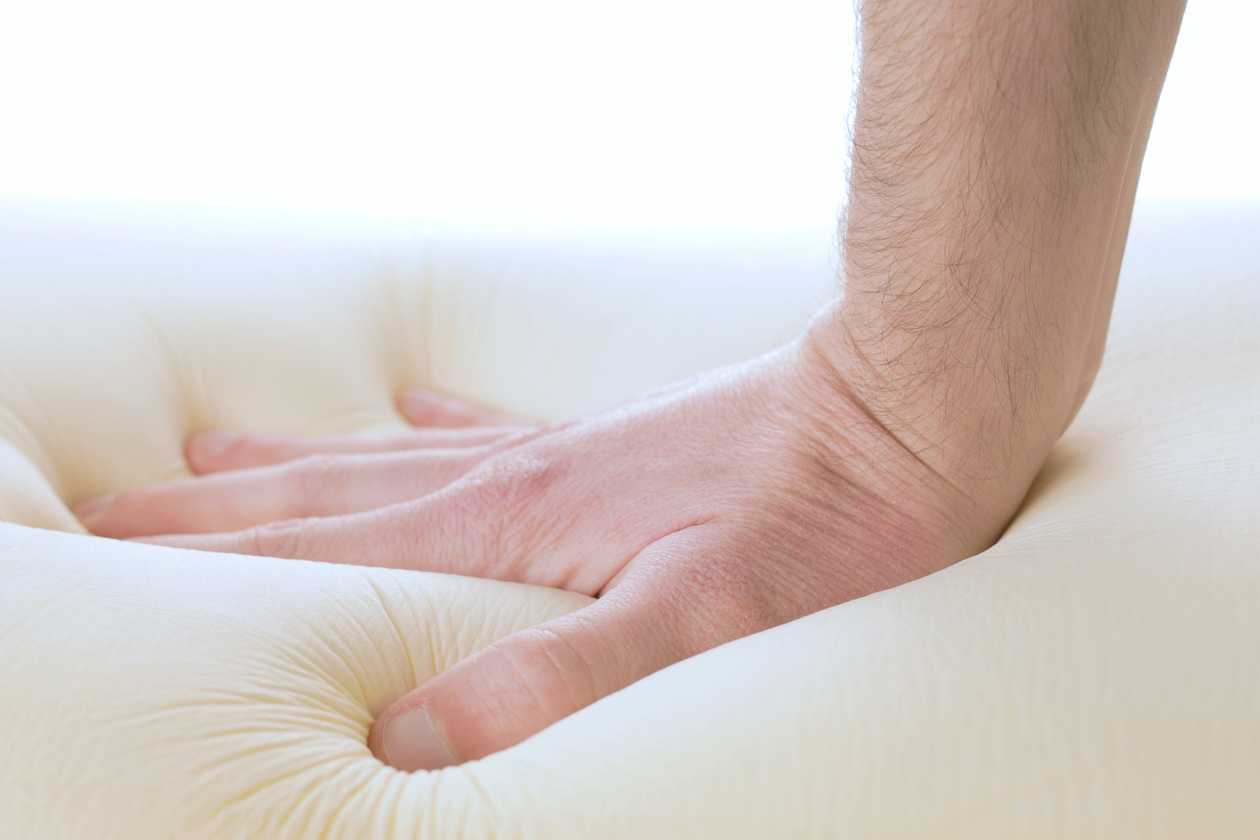
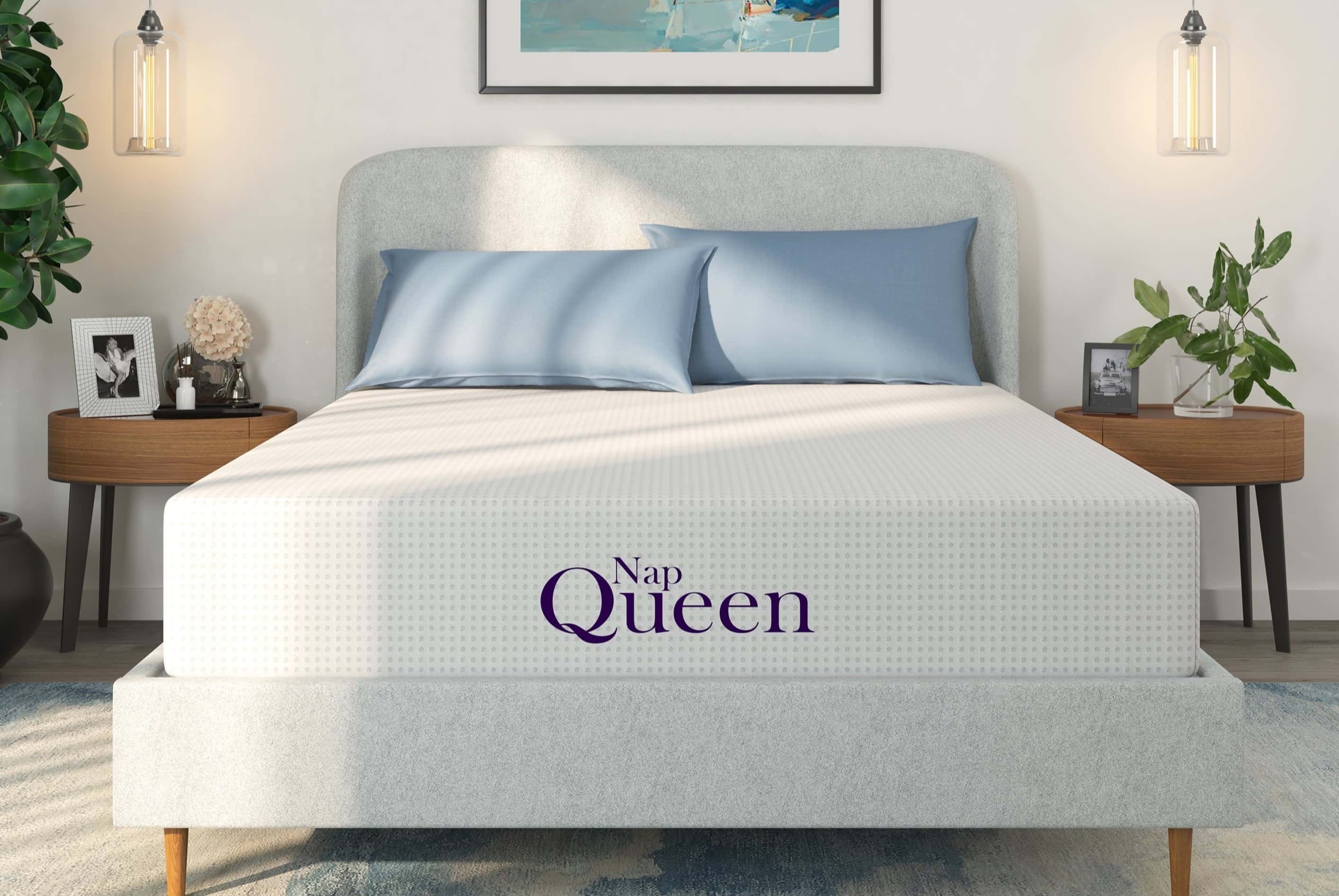
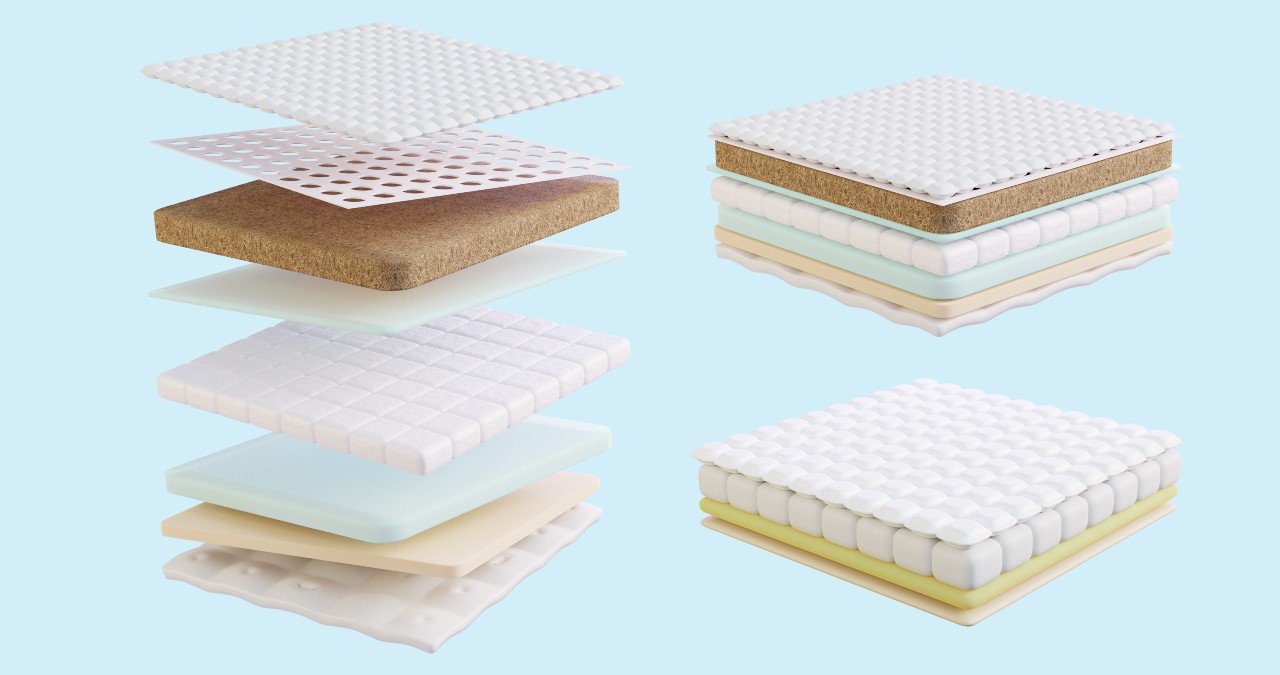
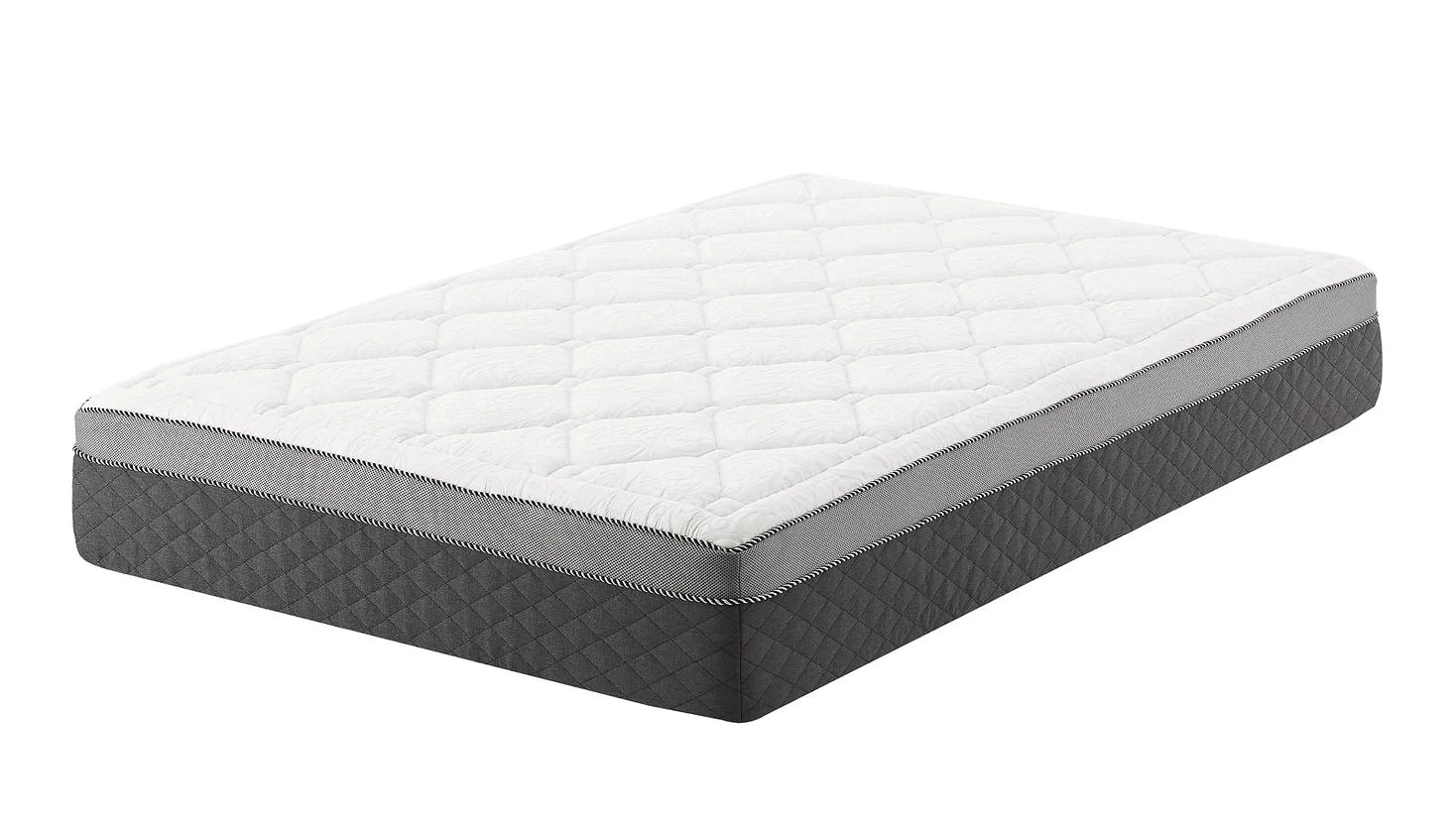
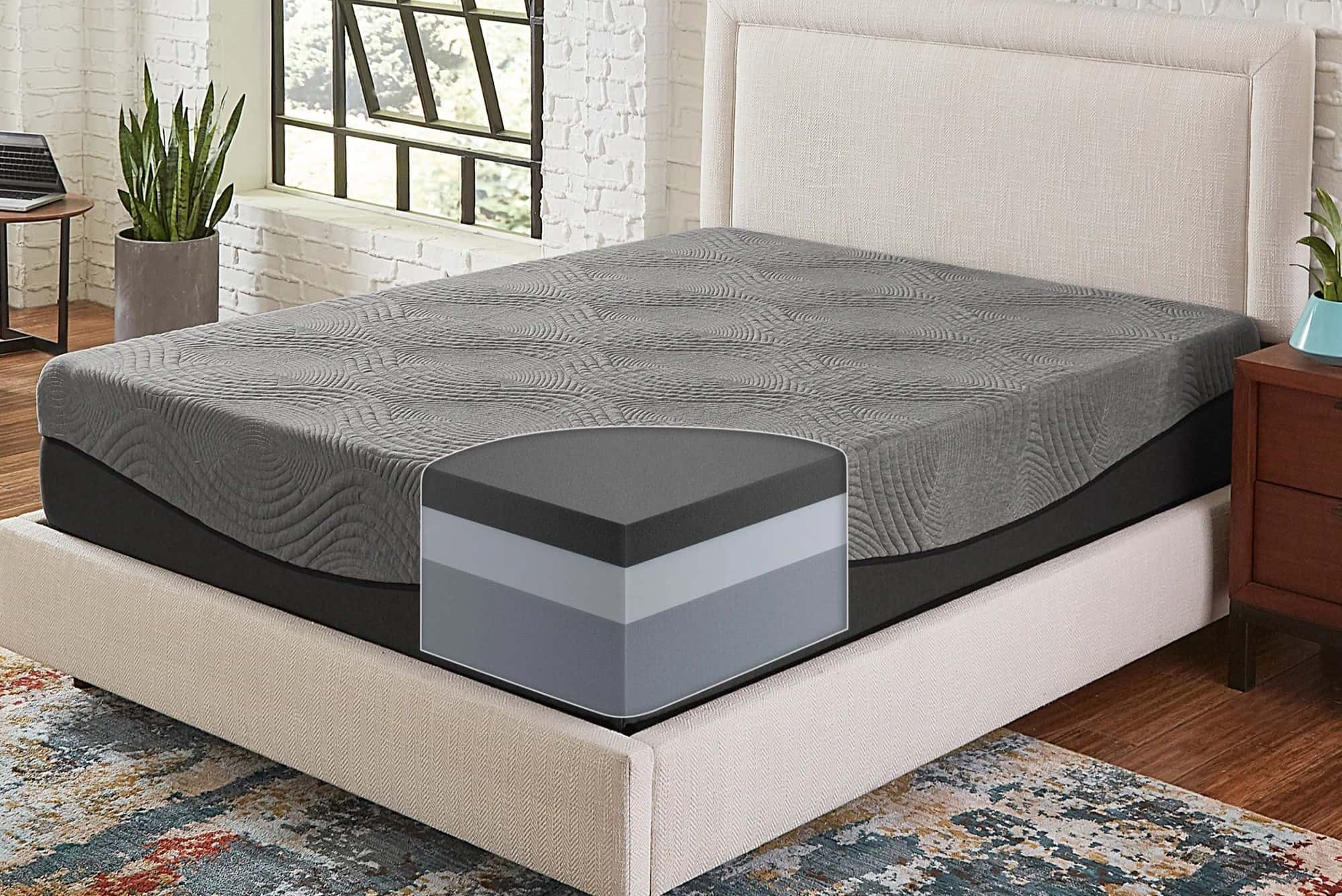
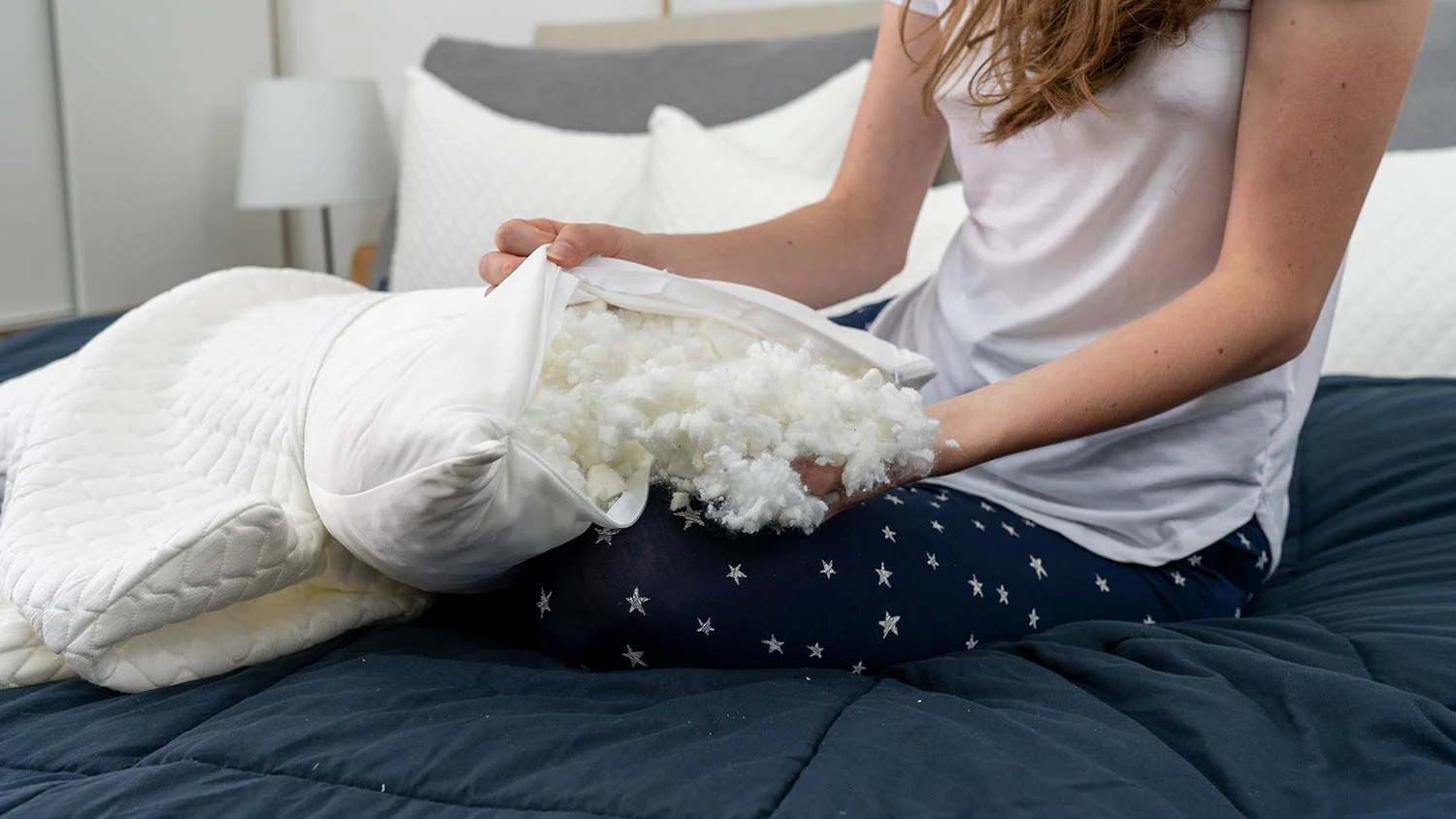
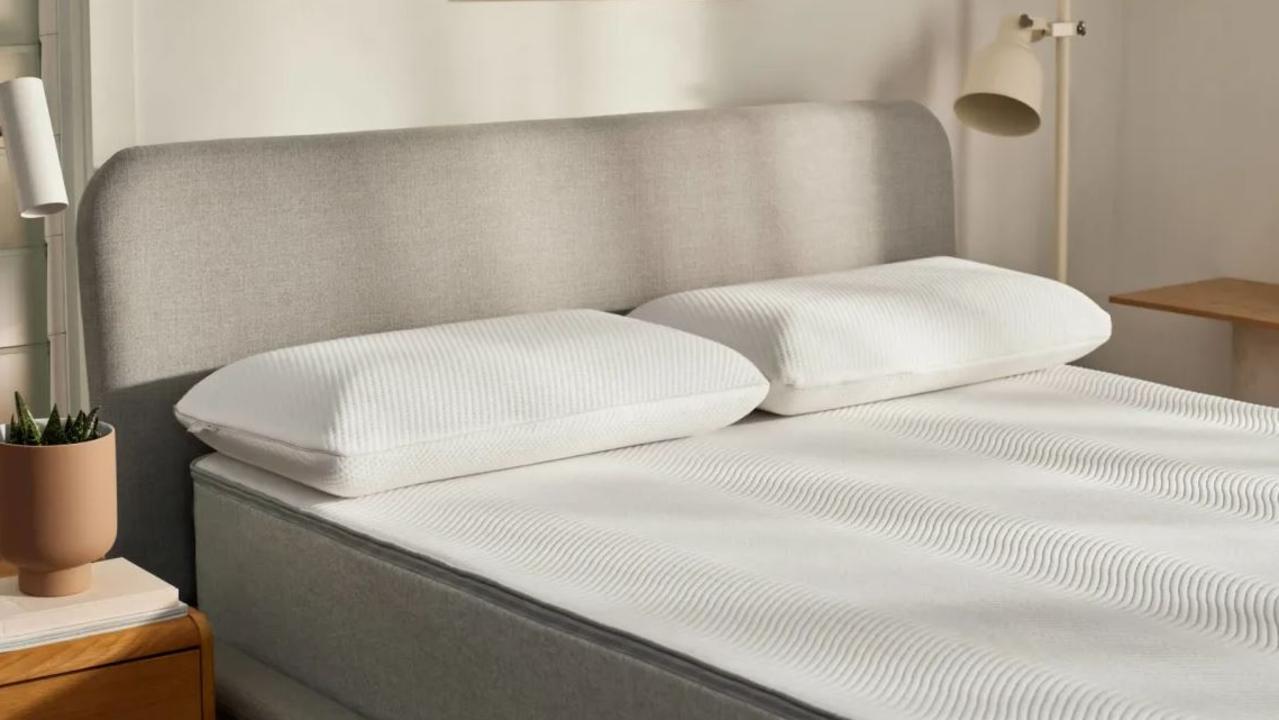

0 thoughts on “Which Is Better Memory Foam Or Gel Foam”